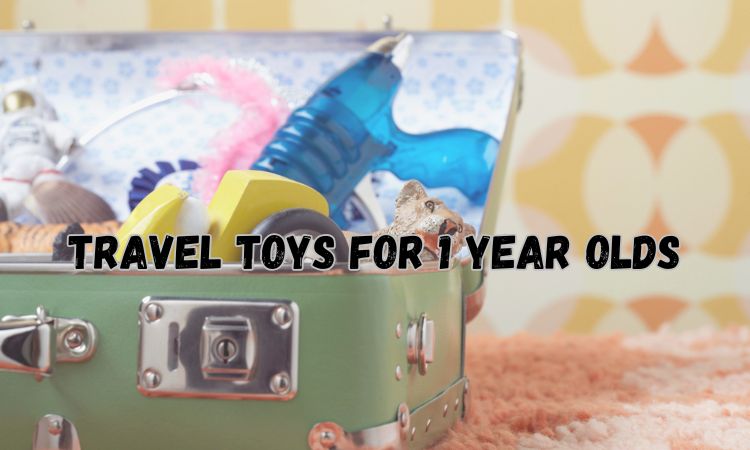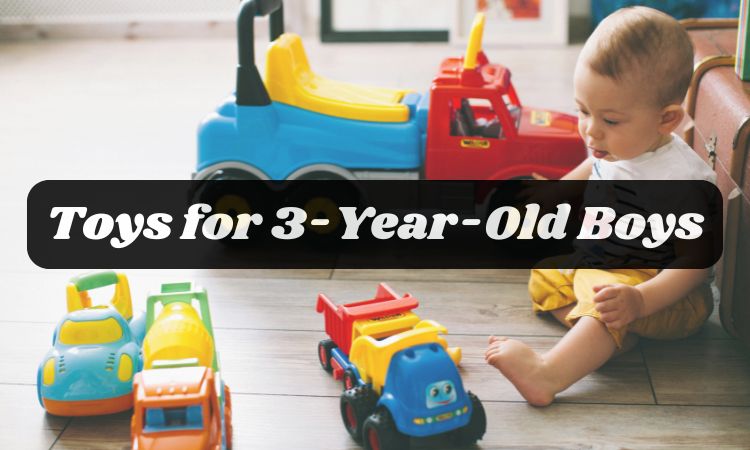Getting your newborn to sleep in the bassinet can feel like trying to crack a secret code. You’ve done the feeds, the burping, the rocking, the lullabies… and the moment you lay them down, the crying starts. Sound familiar? If you’re in the thick of it and wondering how to get newborn to sleep in bassinet without a nightly struggle, you’re in the right place.
This guide is here to walk you through what’s going on (because there’s usually a reason behind the resistance) and give you some tried-and-true tips that can help make bedtime a little less stressful—for both of you.

Why Your Newborn Won’t Sleep in the Bassinet
If you’re wondering, “Why won’t my newborn sleep in bassinet?”, you’re definitely not alone. Many parents find that getting their baby to sleep anywhere other than in their arms is much harder than expected. While it might feel frustrating, there’s actually a good reason behind your baby’s resistance. Here’s why:
Your Baby Just Left the Womb
Think about it: for the past nine months, your baby has been in a warm, snug, constantly moving environment. Now suddenly, they’re expected to sleep flat on their back in a still, quiet bassinet. That’s a big transition. The bassinet might feel too cold, too open, or just too unfamiliar compared to the cozy security of your arms.
Startle Reflex Is Real
Newborns have something called the Moro reflex, also known as the startle reflex. It’s completely normal, but it often causes them to jolt awake with sudden arm movements—especially when they’re laid down on a flat surface. That peaceful snooze in your arms? It can easily be interrupted the moment they're transferred to the bassinet.
They Crave Physical Contact
Babies are wired to seek closeness. Your warmth, heartbeat, scent, and gentle motion are incredibly comforting—and the bassinet just can’t compete with that. This need for physical contact, also known as “contact napping,” is developmentally normal, especially in the early weeks.
Discomfort or Gas
Sometimes, the issue isn’t emotional—it’s physical. Newborns have immature digestive systems, so things like gas, reflux, or a dirty diaper can make lying flat uncomfortable. If your baby squirms or cries shortly after being laid down, they might just be feeling a little off.
They’re Overtired
Overtired babies are wired, not relaxed. Once they pass that sweet spot of sleepiness, they often cry and resist being put down.
The Environment Isn’t Sleep-Friendly
Noise, light, and temperature play a role. A room that’s too bright, noisy, or not at a comfortable temperature can disrupt a baby’s sleep.
How to Get a Newborn to Sleep in a Bassinet: Tips That Actually Help
Ready to move from “why won’t you sleep here?” to “ahhh, you’re finally snoozing”? Below are real, parent-tested ideas on how to help newborn sleep in bassinet comfortably—and safely. Try one or layer several until you find the magic combo that works for you both.
Prep the Bassinet for Success
First things first, make sure the bassinet is safe and cozy for your baby:
- Keep it firm and flat. When asked, how should a newborn sleep in a bassinet, the American Academy of Pediatrics (AAP) suggests that parents use only the bassinet’s mattress and a tight-fitting sheet—no pillows, wedges, or stuffed animals. A firm, clear sleep space lowers the risk of SIDS.
- Check the room temperature. Aim for 68-72 °F (20-22 °C). If you’re chilly, your newborn probably is too.
- Warm it up (briefly). Lay a warm water bottle or heating pad on the mattress for a few minutes before bedtime, then remove it. The gentle warmth mimics your body heat and makes the transition less jarring.
Swaddle or Use a Sleep Sack—Safely
Swaddling can mimic the snug feeling of the womb and help minimize the startle reflex that tends to jolt babies awake. If your baby is under two months old and not yet rolling over, a proper swaddle can work wonders for bassinet sleep.
Just be sure to always place your swaddled baby on their back and transition to an arms-out sleep sack once they start showing signs of rolling.
Create a Calming Bedtime Routine
Newborns thrive on consistency, even if they don’t understand time yet. A simple, soothing routine before naps and bedtime—like a warm bath, gentle massage, soft lullaby, or dim lights—can help signal that sleep is coming. Repetition helps their little brains make the connection between these cues and winding down.
Use White Noise
Babies are used to the constant whoosh of blood and movement inside the womb—it’s surprisingly loud in there. A white noise machine can recreate that background hum and help mask other household sounds that might startle your baby. It’s a small change that can make a big difference.
A great option to consider is the Alilo baby music player. It comes preloaded with 76 soothing tracks—including white noise, lullabies, nursery rhymes, and bedtime stories. You can start with a story or lullaby during the bedtime routine, then switch to white noise to help create a calming sleep environment once your baby is in the bassinet.
The preloaded content covers a lot, but the player is also Bluetooth-enabled if you want to stream something specific from your phone. Alilo makes it easy to customize offline too: just plug it into your computer and upload your baby’s favorite songs, stories, or extra white noise tracks.
Its soft, bunny ears glow with gentle, color-changing light, and the durable, drop-resistant design is made for everyday life with little ones. It’s USB-C rechargeable, runs up to 6 hours, and has an auto-sleep mode—so it’s a solid sidekick whether you’re at home or out and about.

Put Baby Down Drowsy-But-Awake
Give your little one a chance to finish the last step of falling asleep in the bassinet. A sleepy—but still awake—baby learns where sleep happens and is less startled when they cycle between sleep stages.
Use the Bassinet for Naps and Night
Bouncing between swings, beds, or carriers during the day can confuse your baby. They need to learn the bassinet equals sleep. Start by using the bassinet for every nap and bedtime. This sets the expectation and helps build routine.
Offer Your Scent
Rub the bassinet sheet against your clean T-shirt before you make the bed or keep a worn-today shirt nearby (well out of reach). Your familiar smell is instantly soothing.
Hold Off on the Rescue Mission
If your newborn fusses the moment you put them down, pause for 30 seconds. A little grumble isn’t always a “come get me” cry. Gentle pats or a slow side-to-side jiggle of the bassinet can help them settle without a full pick-up.
Room-Share—Don’t Bed-Share
Keep the bassinet within arm’s reach of your bed for at least the first six months. Close proximity makes nighttime feeds easier while still giving your baby a safe, independent sleep surface.
Check for Comfort Issues
If your baby still resists, double-check for anything that might be bothering them—gas, hunger, a wet diaper, or even a tag on their pajamas. Sometimes the fix is as simple as a burp or a diaper change.
Check the Size and Weight Limits
If your baby’s getting bigger or feels squished, the bassinet may no longer be the right fit. If you’re wondering, how long should a newborn sleep in a bassinet, the answer is typically until around 4 to 6 months.
Look at the weight or length limits set by the manufacturer. If they’re close to the limit or the mattress feels flimsy, it might be time to move to a crib.
Know When to Call in Backup
Persistent reflux, colic, or breathing concerns deserve a chat with your pediatrician or a certified sleep consultant. Trust your gut—nothing replaces professional guidance.
Conclusion
Figuring out how to get newborn to sleep in bassinet takes patience, consistency, and a little trial and error. What works for one baby might not work for another — and that’s totally normal. The key is to stay consistent, follow safe sleep practices, and make the bassinet a familiar, soothing space. Whether it’s swaddling, fixing the lighting, or using white noise, small changes can lead to better sleep for both you and your baby. Hang in there—you’ve got this.
FAQs
How do I get my newborn to sleep at night in the bassinet?
To get your newborn to sleep at night in the bassinet, start by setting a consistent bedtime routine — feed, diaper change, swaddle, and into the bassinet. Use dim lighting, white noise, and lay your baby down drowsy but awake so they start learning to fall asleep on their own in that space.
Why won’t my newborn sleep in his bassinet?
If your newborn won’t sleep in his bassinet, it could be due to discomfort, gas, reflux, or simply needing more time to adjust. Make sure the bassinet fits properly, the mattress is firm and flat, and the environment is calm and consistent. Swaddling or using white noise can also make a big difference.
What is the 5-3-3 rule for babies?
The 5-3-3 rule is a sleep routine some parents use to help their baby develop a consistent sleep pattern. It involves having your baby sleep for 5 hours, stay awake for 3 hours, and then sleep again for another 3 hours. This cycle aims to balance sleep and wake times, promoting better rest for both baby and parents.
Can you let a newborn cry it out in the bassinet?
It’s generally not recommended to let a newborn “cry it out.” Newborns (typically under 4 months old) haven’t yet developed the ability to self-soothe and rely on caregivers to meet their needs. Crying is their primary way of communicating hunger, discomfort, or the need for closeness. Sleep training methods like “cry it out” are usually considered appropriate for older infants, around 4 to 6 months, when they’re more developmentally ready. Always consult with your pediatrician before starting any sleep training approach.







Share and get 5% off!
Simply share this product on one of the following social networks and you will unlock 15% off!